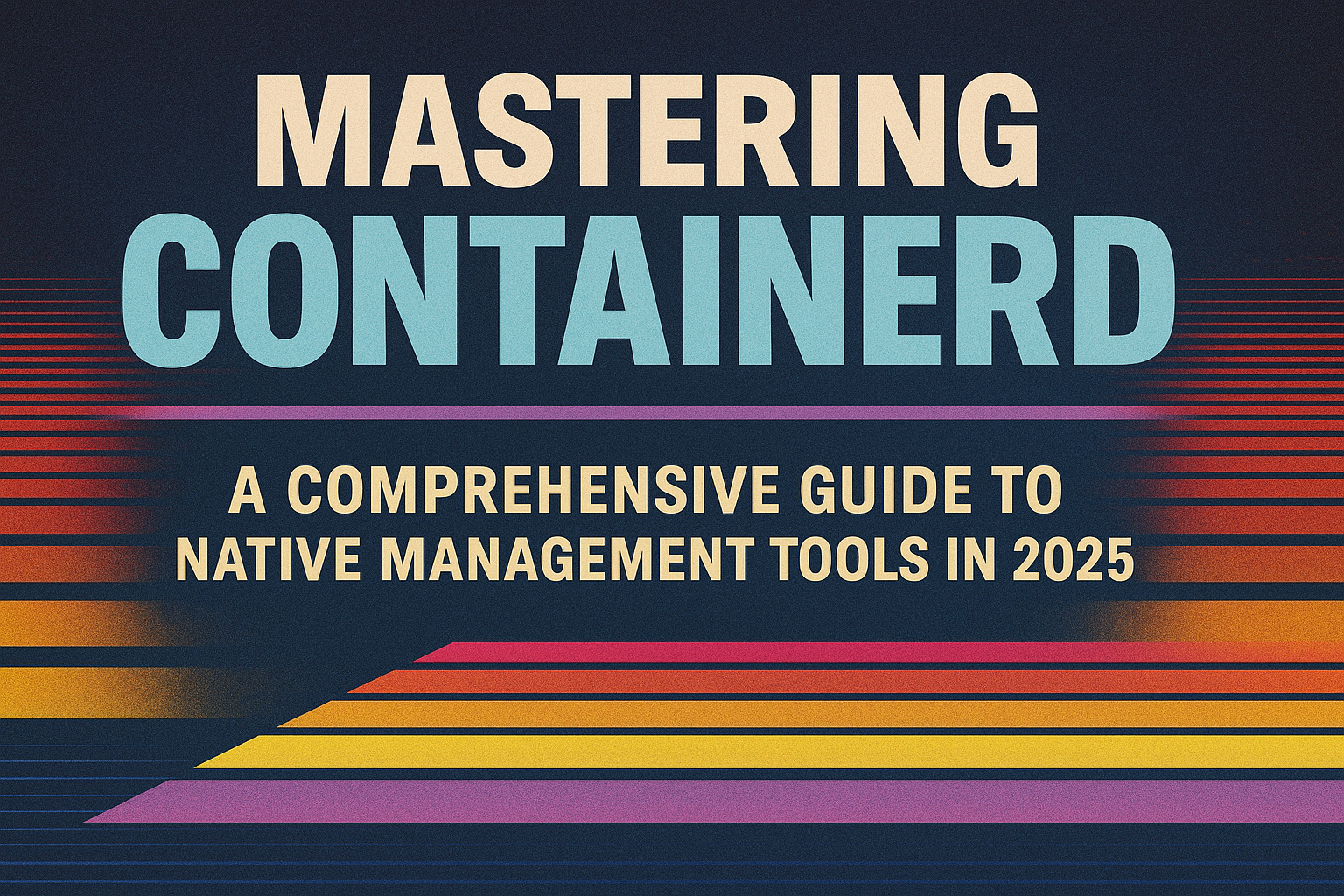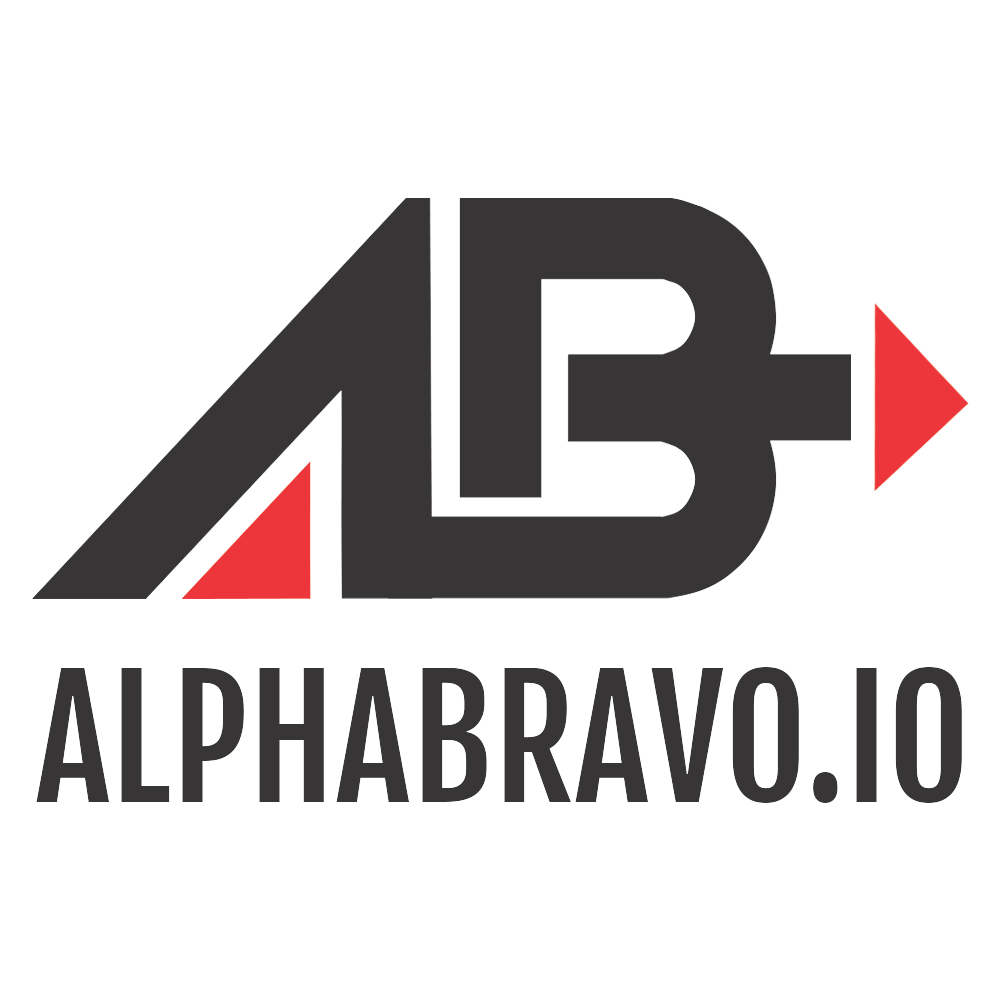Mastering Containerd: A Comprehensive Guide to Native Management Tools in 2025
Master containerd in 2025: ditch the overhead, embrace native speed with ctr and nerdctl.

As containerization continues to dominate the cloud-native landscape in 2025, understanding how to leverage containerd and its native management tools has become increasingly important for platform engineers and DevOps professionals. While Docker and Podman remain popular options, working directly with containerd offers significant advantages in terms of performance, resource utilization, and integration with Kubernetes environments. This guide explores how to effectively use containerd's native tooling without relying on higher-level solutions like Docker or Podman.
Understanding Containerd: The Foundation of Modern Container Ecosystems
Containerd is a lightweight, industry-standard container runtime that manages the complete container lifecycle. Originally created by Docker and later donated to the Cloud Native Computing Foundation (CNCF), containerd has evolved into a critical component of the container infrastructure landscape.
As a core runtime, containerd handles fundamental containerization tasks including:
- Pulling and storing container images from registries
- Managing container lifecycles (creation, execution, pausing, etc.)
- Handling storage and filesystem operations
- Creating namespaces and managing container isolation
- Supporting OCI (Open Container Initiative) specifications
What sets containerd apart is its focus on being a lightweight yet powerful runtime that can be embedded in larger systems. It provides essential container operations without the overhead of higher-level features found in Docker, making it particularly valuable for environments where resource efficiency is paramount.
Containerd Architecture and Components
Containerd employs a modular architecture with several key components:
- Client: A library that can be integrated into local or cloud systems
- Namespaces: Enable separation between groups of containers on the same host
- Containers: Metadata objects to which runtimes and filesystems can be attached
- OCI runtime specification: Defines container runtime behavior
- Root filesystems: Enables filesystem overlays and snapshots
- Clone and restore: Leverages CRIU utility for container migration
- Snapshot plugins: Extends snapshot capabilities via GRPC
This architecture provides the foundation for native containerd management tools, which we'll explore next.
Containerd's Native Management Tools: ctr vs. nerdctl
When working directly with containerd, two primary command-line tools stand out: ctr and nerdctl. Understanding their capabilities and differences is essential for effective container management.
Introducing ctr: The Low-Level Containerd CLI
The ctr tool is containerd's built-in CLI client, designed for direct interaction with containerd's API. It ships with containerd itself, making it immediately available in any environment where containerd is installed.
ctr provides low-level access to containerd functionality, focusing on core container operations with minimal abstraction. This makes it particularly valuable for debugging, troubleshooting, and understanding containerd's internal operations.
Key characteristics of ctr include:
- Direct access to containerd features
- Low-level container debugging capabilities
- Container-centric terminology and structure
- Command syntax that closely reflects containerd's API
- Minimal abstraction layer between user and containerd
Using nerdctl: The Docker-Compatible Containerd CLI
While ctr excels at low-level operations, nerdctl offers a more user-friendly experience by providing Docker-compatible commands and functionality. Developed as part of the containerd project, nerdctl has rapidly gained popularity as a powerful alternative to Docker CLI while still utilizing containerd as the underlying runtime.
nerdctl offers several advantages:
- Same UI/UX as Docker, making it familiar to Docker users
- Support for Docker Compose functionality with
nerdctl compose up - Optional rootless mode without slirp overhead via bypass4netns
- Support for advanced features like lazy-pulling (Stargz, Nydus, OverlayBD)
- Built-in support for encrypted images (ocicrypt)
- Optional P2P image distribution via IPFS
- Container image signing and verification through cosign
As explained by one source: "nerdctl is a Docker-compatible CLI for containerd that offers powerful features like rootless mode, lazy pulling, image encryption, signing, and IPFS-based P2P image distribution".
Getting Started with ctr: Essential Commands and Operations
The ctr command-line tool provides direct access to containerd's API, making it an excellent choice for users who need fine-grained control or are troubleshooting containerd issues. Let's explore some essential operations with ctr.
Installation and Configuration
Since ctr is included with containerd, you don't need to install it separately. If you have containerd running, the ctr binary is already available on your system.
To verify installation, simply run:
sudo ctr version
Basic Image Management with ctr
Working with container images is one of the primary functions of ctr. Here's how to perform common image operations:
Pulling images: Unlike Docker, ctr requires fully-qualified image references:
ctr image pull docker.io/library/nginx:latest
Listing images:
ctr images list
Tagging images:
ctr image tag docker.io/library/nginx:latest nginx:custom
Loading images from a tarball:
ctr image import nginx.tar
Note that ctr doesn't include built-in image building functionality.
Container Management with ctr
Managing containers with ctr involves several commands:
Creating containers: You need to provide a unique container ID:
ctr container create docker.io/library/nginx:latest nginx_ctr
Listing containers:
ctr containers list
Starting containers: Instead of docker start, ctr uses tasks:
ctr task start nginx_ctr
Executing commands in a running container:
ctr task exec --exec-id exec_01 nginx_ctr sh
Stopping containers:
ctr task kill nginx_ctr
Removing containers:
ctr container rm nginx_ctr
While ctr commands may seem less intuitive than Docker's, they provide direct access to containerd's features and are invaluable for debugging and low-level container management.
Mastering nerdctl: The Docker-Compatible Alternative
For users seeking a more familiar Docker-like experience while still leveraging containerd, nerdctl provides an excellent solution. Its command structure closely mirrors Docker, making the transition to containerd much smoother.
Installing nerdctl
Unlike ctr, nerdctl needs to be installed separately. There are several installation methods:
Using binary releases:
wget https://github.com/containerd/nerdctl/releases/download/v1.7.3/nerdctl-1.7.3-linux-arm64.tar.gz
tar -xzf nerdctl-1.7.3-linux-arm64.tar.gz
sudo mv ./nerdctl /usr/local/bin
Using Homebrew (on Linux):
brew install nerdctl
Note that nerdctl is available in two versions: minimal and full. The full version includes dependencies like CNI plugins (required for nerdctl run), BuildKit (required for nerdctl build), and tools for rootless mode.
Basic nerdctl Commands
The beauty of nerdctl is that if you're familiar with Docker commands, you'll feel right at home. Here are some essential commands:
Running containers:
nerdctl run -it --rm nginx
Building images:
nerdctl build -t foo /some-dockerfile-directory
Working with Docker Compose:
nerdctl compose -f ./docker-compose.yaml up
Managing images:
nerdctl images
nerdctl pull nginx:latest
nerdctl tag nginx:latest nginx:custom
Container management:
nerdctl ps -a
nerdctl start container_name
nerdctl stop container_name
nerdctl rm container_name
Advanced Features of nerdctl
What sets nerdctl apart are its advanced features that go beyond basic Docker functionality:
Rootless mode: Run containers without root privileges:
nerdctl --rootless run -it --rm alpine
Lazy pulling: Reduce container startup time by fetching image data on-demand:
nerdctl run --pull=always --snapshotter=stargz alpine
P2P image distribution: Distribute container images via IPFS:
nerdctl pull ipfs://bafy...
Working with Kubernetes namespaces:
nerdctl --namespace k8s.io ps -a
These advanced features make nerdctl particularly valuable for complex container deployments and specialized use cases.
Comparing Containerd Native Tools with Docker and Podman
While our focus is on native containerd tools, it's worth briefly comparing them with Docker and Podman to understand their relative strengths and use cases.
containerd vs. Docker
Docker actually uses containerd as its container runtime. Docker Engine provides a higher-level, developer-friendly experience with additional features like Docker Hub integration and Docker Compose, but with more resource overhead.
Key differences:
- containerd is lighter and has lower resource requirements
- Docker offers more developer-friendly features and tooling
- containerd provides lower-level control
- Docker includes built-in image building capabilities
containerd vs. Podman
Podman is a daemonless container engine that, like Docker, focuses on user experience. While containerd is a runtime that requires CLI tools like ctr or nerdctl, Podman provides an integrated experience with Docker-compatible commands.
Key differences:
- Podman is daemonless, while containerd runs as a daemon
- Podman includes built-in pod management suited for Kubernetes workflows
- containerd with nerdctl can be more lightweight
- Podman has better native rootless container support out-of-the-box
Optimizing Containerd Performance and Security
To get the most out of containerd in production environments, consider these optimization strategies:
Performance Tuning
Several approaches can improve containerd performance:
-
Snapshotter selection: Choose the right snapshotter for your workload:
nerdctl --snapshotter=native run nginx -
Resource constraints: Apply appropriate CPU and memory limits:
nerdctl run --cpus 0.5 --memory 512m nginx -
Image optimization: Use multi-stage builds and minimal base images
-
Lazy pulling: Implement lazy pulling for faster container startups:
nerdctl run --snapshotter=stargz nginx
Security Best Practices
Securing containerd deployments is critical in production environments:
-
Rootless containers: Run containers without root privileges when possible:
nerdctl --rootless run nginx -
Image verification: Enable image signing and verification:
nerdctl pull --verify=cosign nginx:latest -
Network isolation: Apply appropriate network policies and segmentation
-
Regular updates: Keep containerd and its components updated to patch security vulnerabilities
Real-World Use Cases for Containerd Native Tools
Understanding containerd's strengths helps identify ideal use cases for its native tooling:
Kubernetes Integration
Kubernetes can use containerd directly as its container runtime, bypassing Docker entirely. Using containerd's native tools complements this setup:
nerdctl --namespace k8s.io ps -a
This command lists containers in the Kubernetes namespace, providing direct visibility into Kubernetes containers.
Edge Computing and IoT
containerd's lightweight nature makes it ideal for edge computing and IoT devices where resources are limited. Using ctr provides the most efficient way to manage containers in these environments.
CI/CD Pipelines
In CI/CD environments, especially those using Kubernetes, integrating containerd native tools can streamline container operations:
nerdctl build -t myapp:latest .
nerdctl --namespace k8s.io load < myapp.tar
This approach builds an image and loads it directly into Kubernetes without needing an external registry.
Automotive On-Board Systems
Research shows that containerd performs better than other solutions for automotive on-board architectures, where efficiency and resource constraints are significant considerations.
Conclusion: Embracing Containerd's Native Tooling
As container ecosystems continue to evolve, working directly with containerd through its native tools offers compelling advantages for many use cases. While Docker and Podman excel at developer experience, containerd's focus on being a lightweight yet powerful runtime makes it the ideal choice for environments where performance and resource efficiency are paramount.
By mastering tools like ctr and nerdctl, platform engineers and DevOps teams can leverage containerd's capabilities directly, without the overhead of higher-level solutions. This approach is particularly valuable in Kubernetes environments, edge computing scenarios, and other situations where minimizing resource usage is critical.
Whether you choose the low-level control of ctr or the Docker-compatible experience of nerdctl, containerd's native tooling provides a robust foundation for modern container workflows in 2025 and beyond. As containerization continues to evolve, the ability to work directly with containerd will remain an important skill for cloud-native professionals.

